The temples in the villages of Jianzihpu, Taikang are mainly renovated into what they look like today from simple shacks. These simple shacks also served as private schools and assembly venues during Japanese rule. Thus, earlier generations often refer to temples as “the local (private) school” or “the assembly place.” Namely, these shacks were where people used to worship the deities, learn knowledge, discuss public affairs, and practice religious rituals.
According to the statistics in 1896 (the 29th year of the Japanese Meiji Emperor), there were as many as eight privately-established schools in Waiwuding Li. Take the history of Chao Huang Temple at Haiwei for example: in 1878 (the 4th year of the Guangxu Emperor of the Qing dynasty), when it was time to pay the water fee from diverting water from the Jhihjianong Irrigation System, the villagers already had enough economic capability to build the Chao Huang Hall (the forerunner of today’s Chao Huang Temple) and used it as the public space for public affair discussion and teaching. In 1923 the shack was renovated into the public assembly venue, and in 1971 it was once again renovated into what it looks like today.
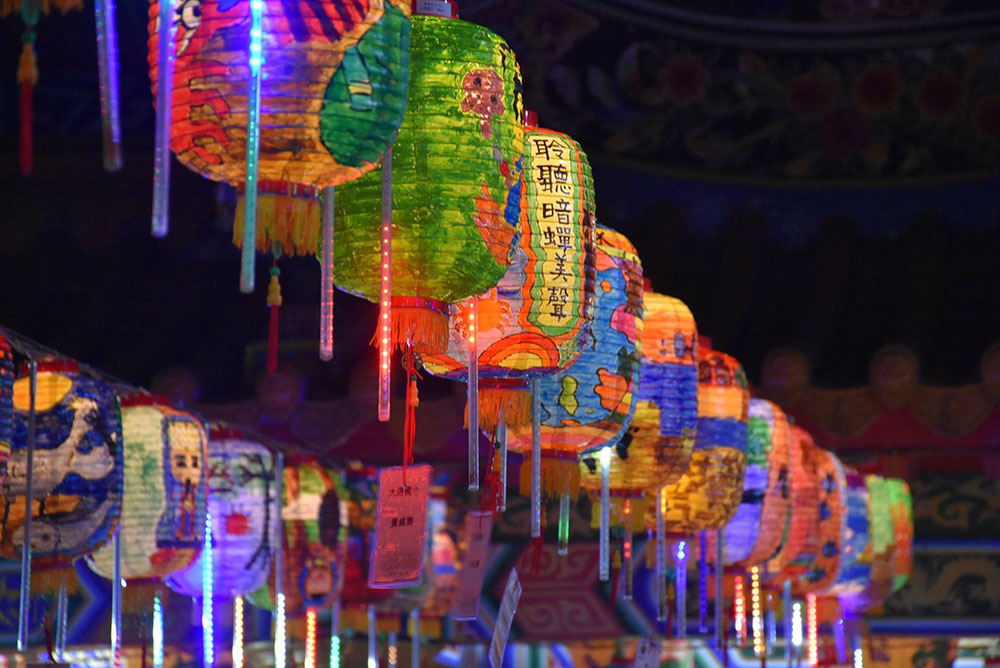
The history of other village temples is similar as well. For instance, Bao An Temple at Sidingliao was first built as a shack when early settlers came to Sidingliao around the time of Daoguang and Xianfeng Emperors in the Qing dynasty. The shack was where people worshipped the deity Pao Sheng Emperor and where they sent their kids to learn. On the other hand, Duke Chihfu, the main deity in Nan Tian Temple at Shih-erdian, was brought to Taiwan from Fujian by fishermen. In the beginning the deity was worshipped in private residence. Later, villagers built a shack and asked the deity Divus Guan (the deified Guan Yu) in Wun Heng Hall at Au-âng to send three divisions (of the original deity). Thus, in the end, the shack accommodated both Duke Chihfu and Divus Guan. In 1914, the renovation started and the Nan Tian Temple (which also served as the assembly venue) was finally built. In Cing He Temple at Wukuailiao, the main deity Pao Sheng Emperor was divided from Sing Ji Temple at Dingdadao in 1896 (the 22nd year of the Guangxu Emperor of the Qing dynasty) by villager Tseng Ben and others. The deity statue was originally worshipped in different residents’ houses (villagers took turns housing the deity). In 1902, a shack was built as the center of worshipping and it also worked as the assembly venue and the private school. Another example is Bao Jhen Temple at Nanluliao: Nanluliao used to house the deity Sanjhuangtougong (meaning “Three Village Lord”) along with the neighboring villages New Heshun and Chencingliao. First a shack was built, also serving as the local private school. Later the residents welcomed the division of the deity Marshal Zhenhai from Sihcao to help protect the residents. The same process took place in both Bao Shan Temple at Chencingliao and Bao He Temple at New Heshun: first a shack was built, and it would also serve as a school. Sing An Temple at Zongtouliao and Bao An Temple at Jhongjhouliao also have a similar history. Local resident Wu Teng first started the Dadaogong Congregation in Zongtouliao and worshipped the Pao Sheng Emperor from Syuejia, and then a shack (the forerunner of the temple) was built. At Jhongjhouliao, residents were grateful that the Pao Sheng Emperor from Cih Ji Temple at Syuejia blessed them as the deity helped them win a lawsuit against the government and successfully get back their farming land. Thus the people built a shack (the forerunner of Bao An Temple) to pay tribute to the deity. During Japanese rule, the temple also served as the classroom for an evening school where Han Chinese people went to study. After the Nationalist government took over, Chang-an Elementary School in Annan also borrowed the space of Jhen An Temple at Sinliao to conduct classes.
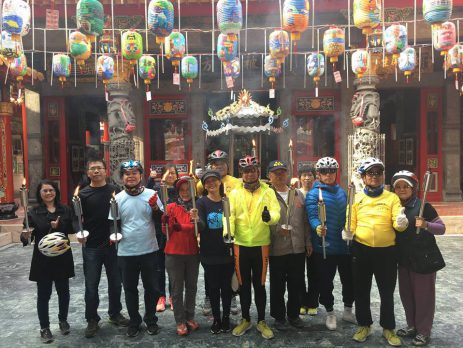
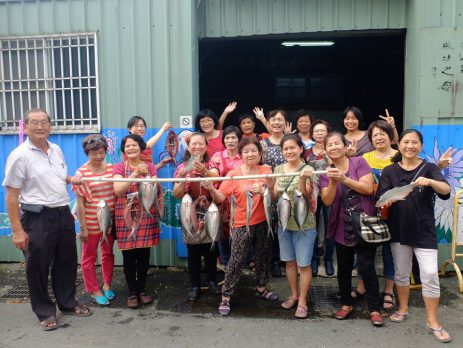
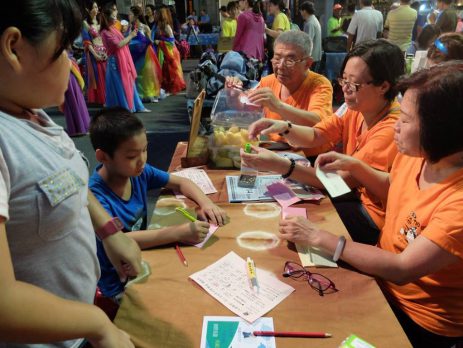
According to judicial scholar and historian Tai Yen-hui, temple organizations are the equivalent of local authorities. The village temples are owned by local residents (in one village or several villages) and can be seen in almost every village of Taiwan. Analyzing the data from the past, he argues that “villages were also called she (which means “community”), and in earlier days a village temple was considered the center of a she and the equivalent of local authorities; therefore it is accurate to say that temples are the most important facility in a village.” In this sense, if we want to trace the history of Taijiang, it is necessary for us to learn more about local temples, since they used to be the most prominent part of local residents’ daily life. By learning about the history of these temples, we can also, step by step, reconstruct the life of early Jianzihpu villagers and the way they used to conduct public affairs.
During the development of the settlement communities in Jianzihpu, Taijiang, village temples were also called “the local (private) school,” “the assembly place” or “the great temple.” From these names, we can see that village temples also functioned as the religious center, the platform for public discussion, and the school for local children. Simply put, the temples in the villages of Jianzihpu, Taijiang – besides being the place to pray – also encourage people to take part in public affairs and learn locally. These temples were indubitably a significant influence to the early settlement society in Jianzihpu, as everyone was greatly attached to the village temple. Pregnant women would go to the village temple to ask the deity to bless her baby. After being born, the child would be named in the temple and study there. Before getting married, the couple would also seek blessings from the deities, and they would do the same before moving into the new house. When people get sick or pass away, families would also visit temples to seek benediction. From cradle to grave, a person’s life was always closely attached to the village temple and folk beliefs.
In fact, although there was no private school established by the government in Jianzihpu, the locals perseveringly started many private schools. These schools cultivated a lot of local talents in the villages and were important facilities in the end of the 19th century and during the first half of the 20th century. Besides cultivating artistic and cultural talents, these private schools in temples also provided easy access to knowledge for local children and youngsters because they could learn to read and write, and make their life better while working at the same time. Going to private schools and learning Chinese were very practical and beneficial to the later generations living in Jianzihpu because once they learned how to read and write, they would be able to achieve more instead of suffering from illiteracy like the first few generations of settlers.
In 2006, Chao Huang Temple at Haiwei collaborated with Tainan Community University and started the Taijiang Campus of Tainan Community University and the movement of community learning in local temples based on the successful examples in the past of combining public participation, community learning, and community beliefs. The movement continues the spirit of promoting education, which has been iconic in Jianzihpu for more than a century. With the help of Taijiang Culture Promotion Society and other major temples, local Taijiang culture can surely be exalted once again. Till now, Sing An Temple at Zongtouliao, Nan Tian Temple at Shih-erdian, Cih An Temple at Old Heshun, Dai Tian Mansion at Budaizueiliao, Bao Shan Temple at Chencingliao, etc. have all joined in to cultivate education and culture in the 16 major villages of Taijiang.
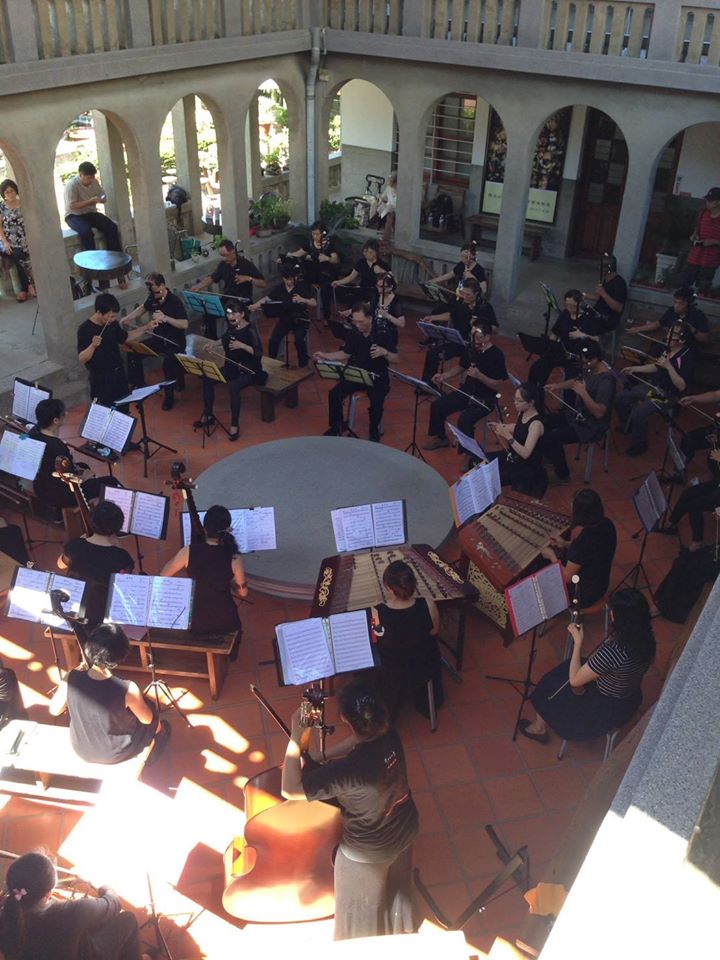
One Village, One Temple, One Chinese Orchestra
The effort of Chao Huang Temple at Haiwei to promote community learning in local temples is a way to fulfill the goals of lifelong learning, community development and local residents’ self-realization. The Temple Committee wishes to exalt the spirit of Dadaogong (more commonly known as Pao Sheng Emperor) by encouraging lifelong learning, public participation, and filial piety. At the same time, the Temple Committee also wishes to revive traditional beliefs and local culture by advocating public participation and lifetime faith and by including local residents in the movement of community learning in local temples. With the power of faith and culture within local communities, the movement led to a series of comprehensive community transformation and initiated a new way of learning and thinking. It can certainly be regarded as a spiritual revolution that changed everything.
As the name suggests, the “community learning in local temples” movement promotes transforming temples into classrooms and music halls by starting a Chinese orchestra in every village temple. In this way, the locals can experience the traditional outdoor concert (which is called “zihdisi,” meaning “the performance done by amateur artists”) performed by these local orchestras and these performances can also serve as a token of the followers’ appreciation for the deities’ protection.
After years of hard work, in addition to the establishment of the Chao Huang Temple Chinese Orchestra, major temples in other villages – including Bao An Temple at Sidingliao, Dai Tian Temple at Sidingliao, Jhen An Temple at Sinliao, Fu An Temple at Jhengzihliao, Bao Shan Temple at Chencingliao, etc. – have also started similar programs to promote Chinese music.
The movement also promotes the unique “temple concerts” which take place in the main halls of Taijiang village temples so that the villagers can enjoy music in the temples, and after the concert they can linger a bit more to familiarize themselves with local culture. This movement is expected to cultivate more artistic population in Taijiang and create more performance space for artistic events while innovating the practice of “zihdisi” and realizing the goal of “One Village, One Temple, One Chinese Orchestra.”
Wu, Mao-cheng. Taijiang Inner Sea and Its Villages. Tainan: Cultural Affairs Bureau, Tainan City Government, 2013. 352-356, 361-364. Print.
Wu, Jin-chi**. Taijiang Community Learning News No.12: Community Learning in Local Temples. Tainan: Lin Chao-chen***, 2016. 26. Print.
*photos provided by Taijiang Campus, Tainan Community University
**Wu is the chairman of the Chao Huang Temple Committee.
***Lin is the president of Tainan Community University